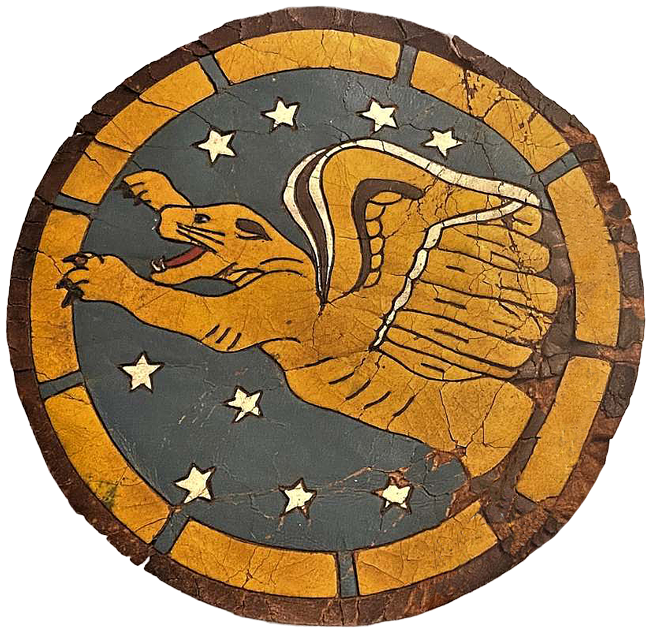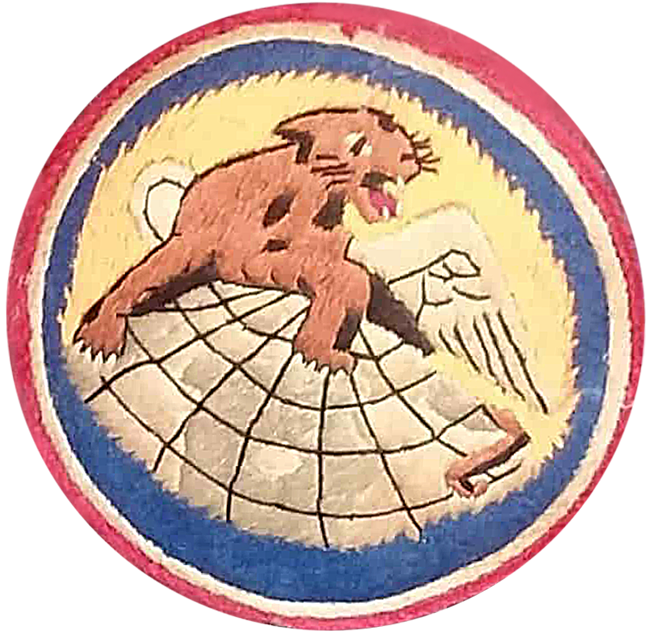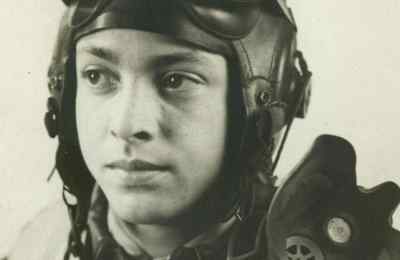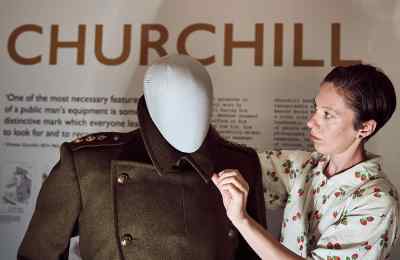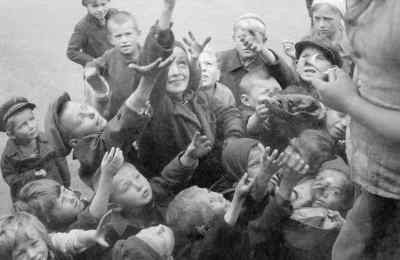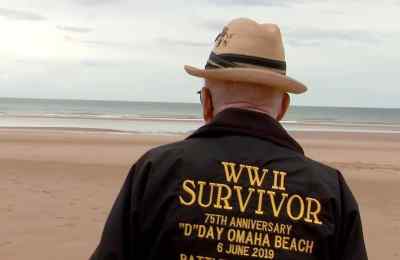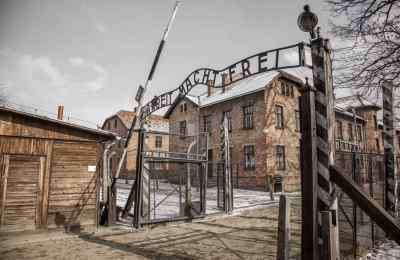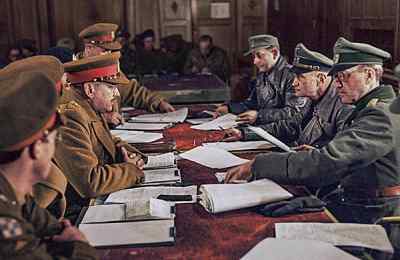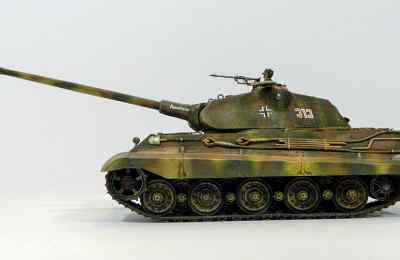The Passing of the Last Tuskegee Airman
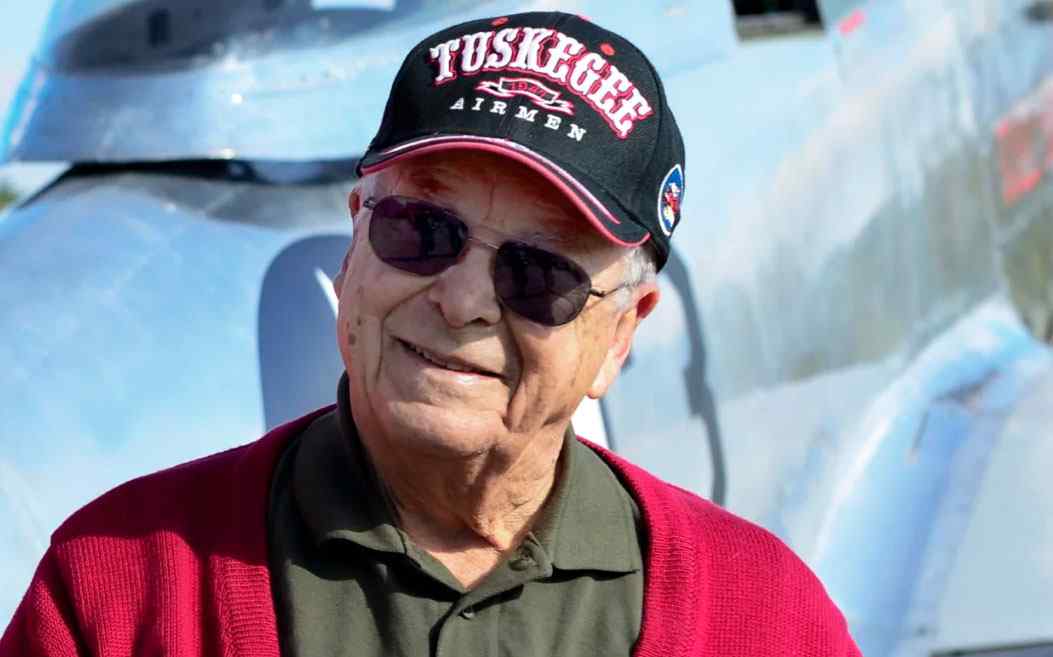
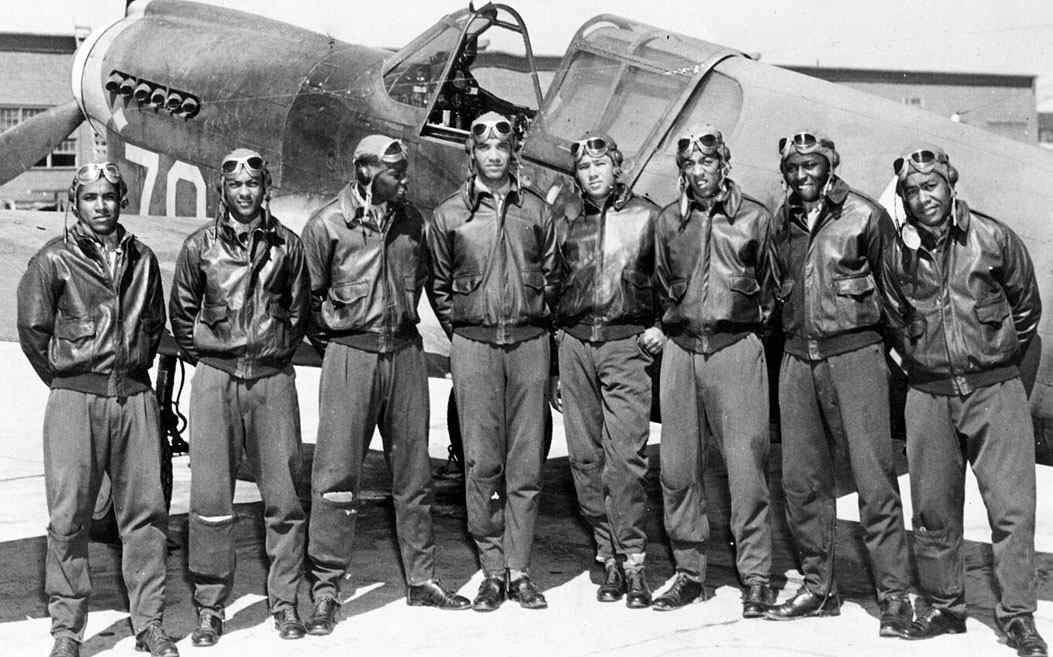
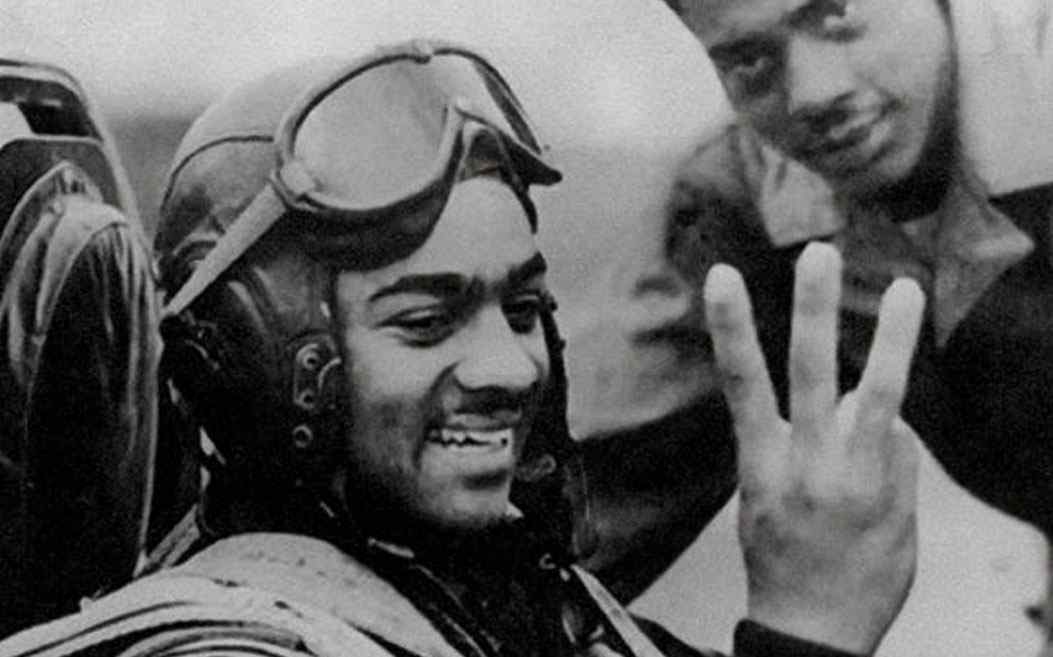
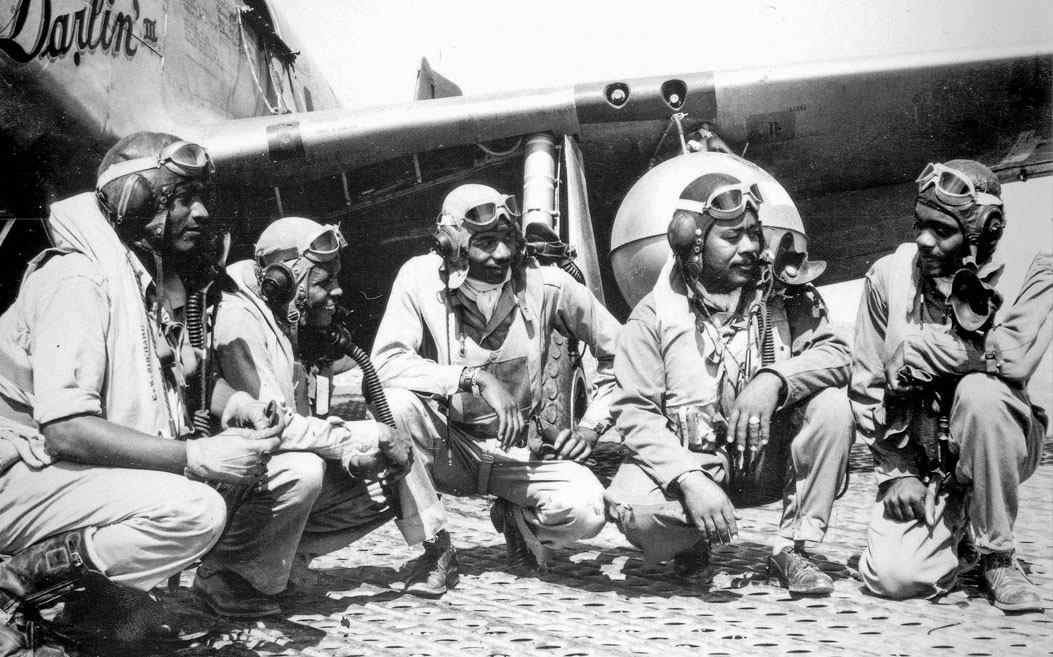
Farewell to an Era. The passing of Lt. Col. George E. Hardy on 25 September 2025 marks the end of a living chapter in American history. Hardy, born June 8, 1925 and passing at the age of 100 on September 25, was the last surviving Tuskegee Airman to fly combat missions overseas during World War II. His death closes the book on a generation of aviators who not only fought enemies in the skies above Europe but also confronted racism and segregation on the ground at home.
A legacy forged in adversity
The origins of the Tuskegee Airmen
In 1941, under pressure from civil rights leaders and advocates, the U.S. Army established a pilot training program for African Americans at Tuskegee Army Air Field in Alabama. This was a bold experiment in a military still rigidly segregated by race. The men who trained there became known as the Tuskegee Airmen, or more famously, the “Red Tails”, a nickname earned from the crimson paint on their aircraft tails. Nearly 1.000 Black servicemen trained as pilots, while thousands more served as navigators, bombardiers, mechanics and support staff.
They went on to form the 99th Fighter Squadron and the 332nd Fighter Group, flying bomber escort and ground attack missions across Europe. Their reputation for discipline, bravery and precision grew with every mission, proving wrong those who doubted Black aviators could succeed.
The path of George E. Hardy
George Hardy was just 19 when he joined the Tuskegee program. By the war’s end, he had flown 21 combat missions in a P-51 Mustang, facing enemy fire abroad while facing discrimination at home.
Unlike some of his fellow Tuskegee graduates who did not deploy overseas, Hardy’s combat experience made him part of the core fighting force that challenged both fascism and prejudice. His later years were spent ensuring that this history was not forgotten, visiting schools, speaking at events and sharing firsthand accounts of both courage and injustice.
By early 2025, Hardy was one of only a few surviving Tuskegee-trained fighter pilots, alongside Col. James H. Harvey III and Dr. Eugene J. Richardson Jr. His passing now signifies the end of that combat legacy.
Remembering Harry T. Stewart Jr.
Before Hardy’s death, much of the nation’s attention focused on Harry T. Stewart Jr., another decorated Tuskegee pilot who passed away in February 2025 at age 100. Stewart flew 43 combat missions, once shooting down three enemy aircraft in a single day, an extraordinary feat matched by only a handful of Tuskegee pilots. He was also part of the Tuskegee team that won the U.S. Air Force’s first aerial gunnery competition in 1949, though that victory went unrecognized for decades.
After leaving the service, Stewart earned an engineering degree from New York University and pursued a successful civilian career, all while advocating for the preservation of Tuskegee history. Together, Stewart and Hardy represent the last of the airmen who flew directly into combat under the Tuskegee banner.
What Their Passing Means
The death of George Hardy closes the living chapter of Tuskegee combat veterans, though some ground crew and non-combat trainees remain. Their departure from our living memory challenges us to preserve their legacy with greater urgency.
Their impact extends far beyond the battlefield:
- Cultural memory & education: Their story lives on in museums, classrooms, films and memorials.
- Inspiration for future generations: Their courage in the face of systemic injustice remains a timeless lesson in perseverance.
- Catalysts for progress: Their success helped pave the way for President Truman’s 1948 Executive Order 9981, which desegregated the armed forces.
- Preservation efforts: Artifacts, oral histories and personal accounts continue to be archived so their voices endure.
Honoring Their Flight
The Tuskegee Airmen’s story is not just about military history, it is about resilience, progress and the pursuit of equality. Their wings may no longer cut across the skies, but their spirit endures wherever justice and perseverance are celebrated.
To honor them is to live by their example: to confront barriers, to pursue excellence despite obstacles and to ensure that history’s lessons remain alive. In that way, although the last Tuskegee combat pilot has passed, the flight of their legacy continues, soaring in our collective memory.
